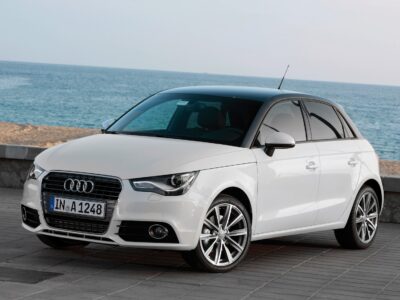
Difference Between Honda Fit and Honda Jazz
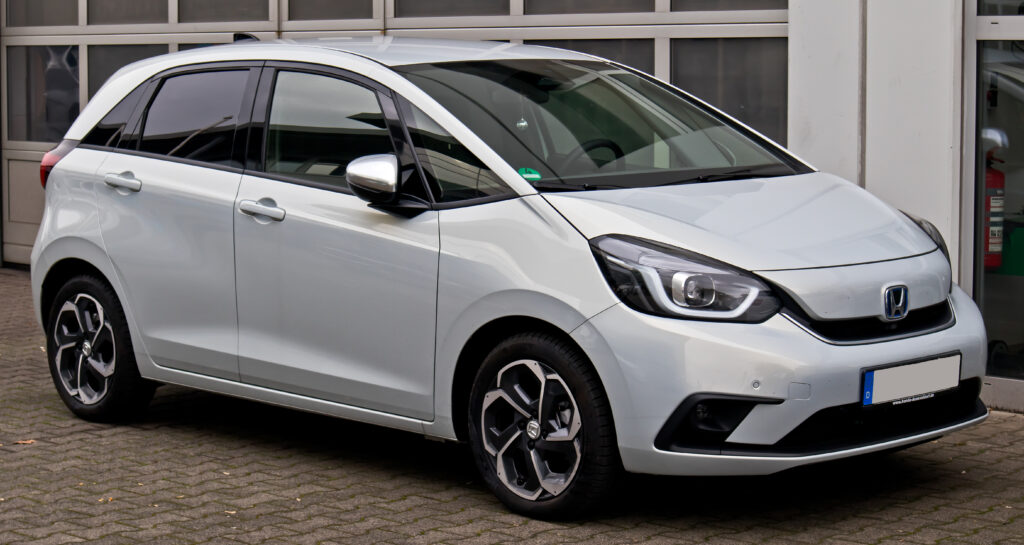
When it comes to compact hatchbacks that blend practicality, reliability, and smart design, few names resonate as strongly as Honda Fit and Honda Jazz. Yet, for many car enthusiasts and buyers, these two names spark a bit of confusion — are they twins, distant cousins, or entirely separate models?
Let’s peel back the layers, explore their shared DNA, and uncover what truly differentiates the Honda Fit vs Honda Jazz — from design cues and performance specs to global market differences and ownership experiences.
- The Origin Story — One Car, Two Names
- Why Two Names? — The Marketing Backstory
- Platform and Engineering — Identical Foundations
- Design Differences — Subtle, But Noticeable
- Engine Options — Market-Specific Tuning
- Interior Layout — Same Concept, Different Feel
- Technology and Infotainment — Divergent Dashboards
- Driving Experience — Efficiency vs. Energy
- Safety Features — Tailored by Region
- Trim Levels — Regional Customization
- Market Availability — A Global Divide
- Price Comparison — Regional Value
- Fuel Economy — Fit vs. Jazz Efficiency
- Reliability and Maintenance
- Popularity by Region — Who Drives What
- Resale Value and Longevity
- Verdict — Two Names, One Legacy
- Final Thoughts
- FAQs
The Origin Story — One Car, Two Names
It’s fascinating how one car can live two lives under different names. Essentially, the Honda Fit and Honda Jazz are the same vehicle — just branded differently depending on where you live.
- Honda Fit: Name used in markets like the United States, Japan, and China.
- Honda Jazz: Name used in Europe, the UK, Australia, South America, and parts of Asia.
So, if you’re in London, you’ll spot a Jazz. In Los Angeles, you’ll meet the same car — but it’s called a Fit. The dual naming is purely a marketing decision, but it often comes with subtle regional variations.
Why Two Names? — The Marketing Backstory
The story traces back to Honda’s global trademark strategy. The “Fit” name was already taken by another company in some regions, leading Honda to adopt “Jazz” as a unique alternative.
It wasn’t about engineering — it was about branding. However, each market shaped its own Jazz or Fit through distinct trims, safety features, and technology preferences.
Platform and Engineering — Identical Foundations
Under the skin, the Fit and Jazz share the same global platform. That means:
- Identical chassis and suspension geometry
- Shared engine options (1.3L, 1.5L petrol, or hybrid)
- Nearly identical cabin layout and “Magic Seat” system
They both embody Honda’s philosophy of “man maximum, machine minimum”, maximizing interior space while keeping the exterior compact.
Design Differences — Subtle, But Noticeable
While the Fit and Jazz share a body shell, there are minor design tweaks depending on region and trim.
Front Fascia and Headlights
- The Honda Fit often features sportier grilles and edgier bumpers, especially in the North American market.
- The Honda Jazz, meanwhile, tends to adopt a more refined, European aesthetic, with softer lines and sometimes chrome accents.
Rear Styling and Lighting
- Tail light designs and bumper reflectors vary slightly.
- Jazz models in Europe may feature different reflector placements or LED setups.
These changes, though minor, reflect each region’s style preferences — American “sportiness” versus European “sophistication.”
Engine Options — Market-Specific Tuning
The heart of the Jazz/Fit is consistent, but tuning varies slightly:
| Engine Type | Markets | Power Output (Approx.) | Transmission |
|---|---|---|---|
| 1.3L i-VTEC Petrol | Europe, Asia | 100–102 hp | Manual or CVT |
| 1.5L i-VTEC Petrol | U.S., Japan | 128 hp | CVT or 6-Speed Manual |
| 1.5L e:HEV Hybrid | Europe, Japan | 109 hp (combined) | e-CVT |
The U.S. Fit generally has the most spirited engine setup, while the European Jazz Hybrid focuses on efficiency and smooth urban driving.
Interior Layout — Same Concept, Different Feel
Both the Honda Fit and Jazz are masters of space optimization. The famous Magic Seats allow configurations for:
You may be interested in reading Is Honda Jazz Automatic a Good Car? A Complete Review
Is Honda Jazz Automatic a Good Car? A Complete Review- Utility Mode: Flat cargo floor for bulky items.
- Tall Mode: Fold rear seats up for vertical space (like plants or bikes).
- Long Mode: Fold front and rear seats down for long cargo (up to 2.4m).
Interior Material and Trim
- The Fit’s interior often has darker tones and sport-inspired textures.
- The Jazz, in contrast, leans toward lighter fabrics and premium finishes.
The Jazz also tends to feature higher-grade materials in European trims, reflecting its slightly more upscale positioning.
Technology and Infotainment — Divergent Dashboards
Honda Fit
- 7-inch touchscreen in most trims
- Apple CarPlay and Android Auto support
- Simpler instrument cluster with analog elements
Honda Jazz
- Newer digital driver display
- Honda Connect infotainment system
- More integrated design aesthetic
The Jazz’s cabin tech, particularly in hybrid versions, feels closer to Honda’s newer Civic or HR-V models — sleeker and more minimalistic.
Driving Experience — Efficiency vs. Energy
Honda Fit
The Fit’s charm lies in its nimble handling and zippy acceleration. Its light steering and compact footprint make it perfect for city streets and spirited commutes.
Honda Jazz
The Jazz leans into refinement and comfort. The hybrid setup in newer models delivers a smoother, quieter drive, particularly in stop-and-go traffic.
In short:
- Fit = Fun, agile, lively.
- Jazz = Calm, efficient, polished.
Safety Features — Tailored by Region
Honda’s Sensing Suite (adaptive cruise control, lane keep assist, emergency braking) is a shared philosophy but varies by model year and region:
- Honda Fit (U.S. models): Received Honda Sensing in later trims starting from 2018.
- Honda Jazz (Europe): Standardized advanced driver aids earlier, especially in hybrid versions.
Both earned 5-star safety ratings in most regions, reflecting Honda’s strong emphasis on occupant protection.
Trim Levels — Regional Customization
Honda Fit (U.S.)
- LX
- Sport
- EX
- EX-L
Honda Jazz (Europe)
- SE
- SR
- EX
- Crosstar (rugged SUV-inspired trim)
The Crosstar variant is unique to the Jazz, designed with higher ground clearance, roof rails, and SUV-inspired styling — perfect for European buyers craving adventure.
Market Availability — A Global Divide
The Honda Fit was discontinued in the U.S. after 2020, as buyers moved toward SUVs like the HR-V.
However, the Jazz continues in Europe and Asia, thriving as a hybrid-only model under Honda’s “e:HEV” lineup.
So, in 2025:
- Fit: No longer sold in the U.S., still available in Japan.
- Jazz: Current in Europe, U.K., and hybrid-friendly regions.
Price Comparison — Regional Value
| Model | Region | Starting Price (Approx.) |
|---|---|---|
| Honda Fit LX | U.S. (2019) | $16,190 |
| Honda Jazz SE | U.K. (2024) | £26,395 |
| Honda Fit Hybrid | Japan (2024) | ¥2,300,000 (~$15,400) |
While prices vary drastically by currency and taxation, the Jazz often carries a slightly higher price tag due to hybrid systems and European specs.
Fuel Economy — Fit vs. Jazz Efficiency
| Model | Powertrain | Combined MPG (Approx.) |
|---|---|---|
| Honda Fit 1.5L (CVT) | Petrol | 36 mpg |
| Honda Jazz Hybrid (e:HEV) | Hybrid | 62 mpg |
| Honda Fit 1.3L (Manual) | Petrol | 42 mpg |
The Jazz Hybrid’s fuel efficiency is outstanding, delivering almost double the real-world mpg of some older Fit models.
You may be interested in reading Is Honda Jazz Automatic a Good Car? A Complete Review
Is Honda Jazz Automatic a Good Car? A Complete Review Is Honda Jazz a Good First Car? A Friendly Yet Expert Guide
Is Honda Jazz a Good First Car? A Friendly Yet Expert GuideReliability and Maintenance
Both cars share Honda’s legendary reputation for longevity and low maintenance costs. Common maintenance points include:
- Oil change every 6,000–10,000 miles
- CVT fluid changes every 25,000–30,000 miles
- Brake pad replacements every 30,000–50,000 miles
Owners often report 300,000+ miles (480,000 km) of reliability when serviced regularly.
Popularity by Region — Who Drives What
- Fit: Most popular in Japan and North America among young drivers and commuters.
- Jazz: Strong following in Europe, the U.K., and Australia, often as a hybrid city car.
Fun fact: In many Latin American countries, the Fit retained its U.S. naming but kept Jazz’s specifications — a perfect cultural blend.
Resale Value and Longevity
Honda’s small hatchbacks maintain excellent resale value, thanks to strong reliability and fuel economy.
- The Fit retains about 60–70% of its value after 3 years.
- The Jazz Hybrid maintains 70–75%, benefiting from growing hybrid demand.
Verdict — Two Names, One Legacy
The Honda Fit and Honda Jazz are essentially two badges of the same philosophy: efficiency, reliability, and surprising spaciousness.
- Choose the Fit if you prefer sportier styling and manual options.
- Choose the Jazz if you want hybrid tech and refined comfort.
Both prove that you don’t need a large car to enjoy large ambitions. They’re urban heroes — efficient, reliable, and perfectly human-sized.
Final Thoughts
It’s rare for one car to connect so many markets under different names. Yet, that’s what makes the Fit/Jazz legacy fascinating — it’s a global language of practicality spoken in two dialects.
Whichever badge you prefer, both cars share a single truth: Honda’s mastery of space, innovation, and simplicity never fails to impress.
FAQs
1. Is the Honda Fit the same as the Honda Jazz?
Yes. Mechanically, they are nearly identical cars, only branded differently across regions.
2. Why did Honda stop selling the Fit in the U.S.?
Honda discontinued the Fit in 2020 to focus on the HR-V SUV and hybrid lineup, as U.S. consumers shifted toward crossovers.
3. Which is better: Honda Fit or Honda Jazz?
The Jazz offers better fuel efficiency due to its hybrid system, while the Fit provides a sportier, more affordable drive.
4. Does the Honda Jazz come in hybrid only?
In Europe and the U.K., yes — since 2020, all new Jazz models are hybrid-only under Honda’s e:HEV branding.
5. Are Honda Fit and Jazz parts interchangeable?
Mostly, yes. Mechanical parts, suspension components, and interior fittings are shared, though some trim details may differ.
You may be interested in reading Is Honda Jazz Automatic a Good Car? A Complete Review
Is Honda Jazz Automatic a Good Car? A Complete Review Is Honda Jazz a Good First Car? A Friendly Yet Expert Guide
Is Honda Jazz a Good First Car? A Friendly Yet Expert Guide Top 10 Best Alternatives to the Honda Jazz Hybrid (2025 Guide)
Top 10 Best Alternatives to the Honda Jazz Hybrid (2025 Guide)If you want to know other articles similar to Difference Between Honda Fit and Honda Jazz you can visit the category Blog.
Deja una respuesta

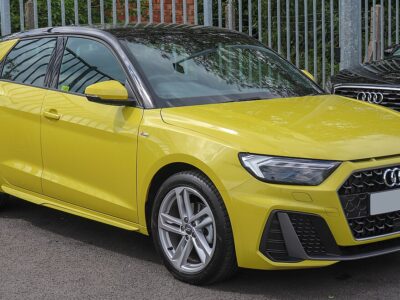

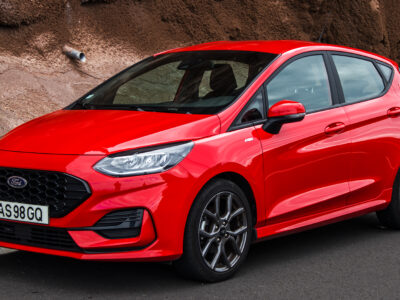
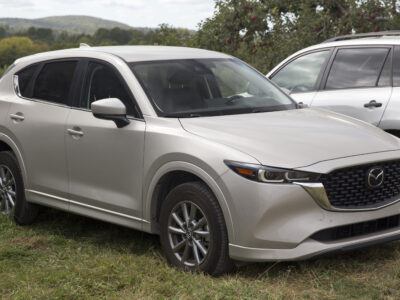
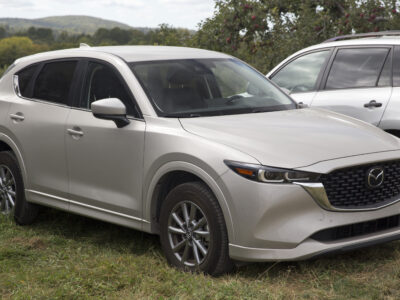
More content of your interest